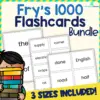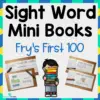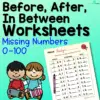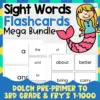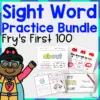Plants are essential to our world. Children should understand and appreciate how plants are vital for our existence. They are grown to be eaten, provide shade and oxygen to breathe, for medicines, and so much more.
Allow children to explore the importance of plants in their daily lives. Here are ten inspiring books about plants for preschoolers to use for different lessons.
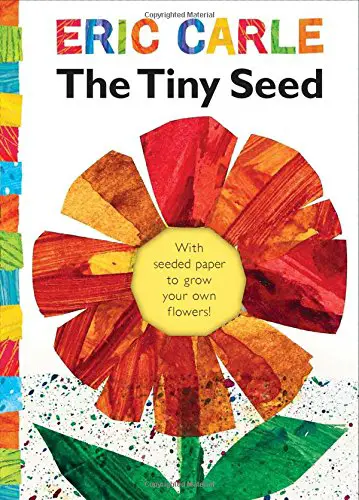
The life cycle of a flower is the central theme in Eric Carle’s “The Tiny Seed.” A mix of fiction and facts, the story details the plight of the seed as it travels on a harrowing journey where danger awaits.
Use this book to help children understand why some plants do not grow. Answer the classic questions, “What will happen to the seed?” or “How do plants grow?”
Set examples of scenarios from the book, such as if the seed falls into water, it will drown, or a bird might eat it.
Let children understand that a perfect condition must be met for the seed to grow.
Talk about the different steps, seasons, and factors affecting the seed’s growth. Discuss how the ending of the story is similar to its beginning.
This book explores the art of Eric Carle by introducing the concept of collage. This technique used in the book can be a great art activity. Let children make their version of the flower from the illustration on the book’s front cover.
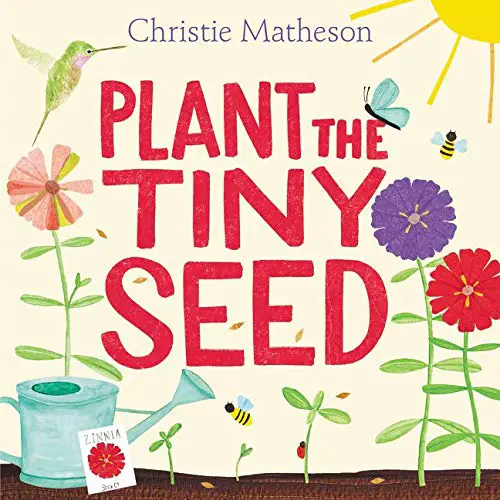
How does a plant grow from seed? The storybook “Plant the Tiny Seed” by Christie Matheson answers that question. This book is a great read just before a planting activity.
This interactive book helps children understand that the growth of a plant starts from the seed buried under the dirt. As each book page turns, talk about the step-by-step process of a growing plant.
Show children what is needed for a plant to thrive. Discuss how some animals based on the story (worms, snails, bees, birds, and butterflies) are contributing to the plant’s growth.
Talk about the need to scatter the seeds from the flower through pollinators such as animals and the wind.
Reenact the scenes in the storybook by having a planting activity in centers or recycling those pumpkin seeds from jack-o-lanterns. This is a great sensory activity that teaches Life Science facts.
Have an experiment about seed planting using a clear glass container to show how the seed develops roots. Make a daily journal on the plant’s growth progress to document them well.
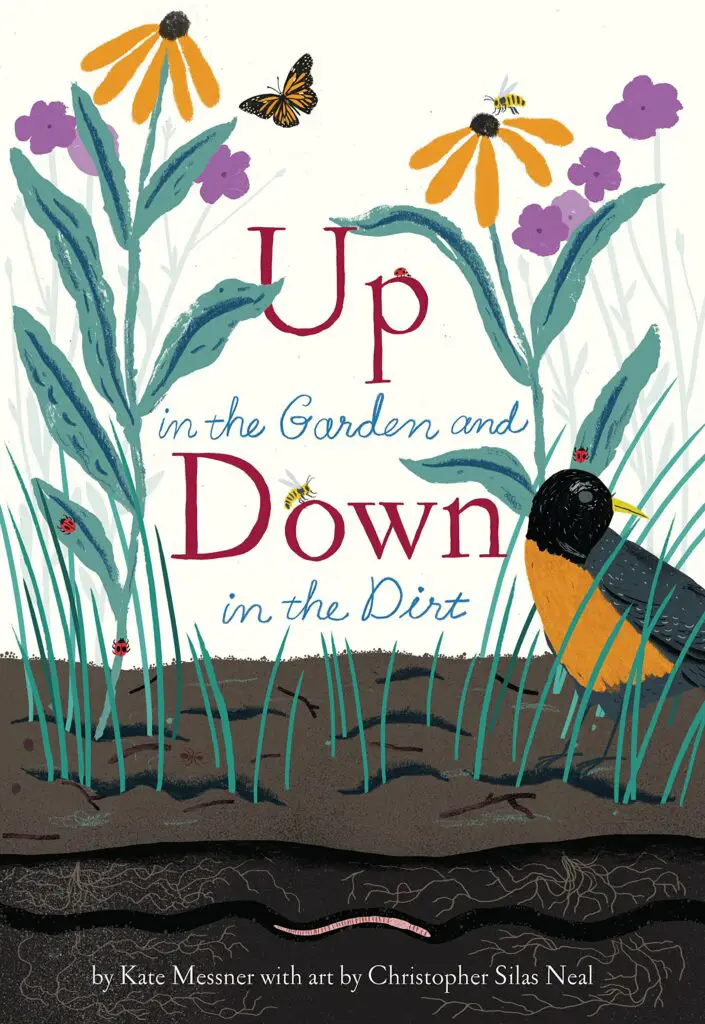
This book explores what happens in the garden where everything is visible and underneath the soil, where human eyes have no access.
“Up in the Garden and Down in the Dirt” by Kate Messner features a close-up look at the differences on the ground and under it. Bring out the budding scientists among children as they explore soil science in class.
The repetitive lines “Up in the soil” and “Down in the dirt” provide children with the predictable text needed to engage them in the story.
This book discusses the preparations needed before one can plant in the dirt. It is also a great way to discuss the comparison of the events that happen on top of the soil and under.
Discuss the active animals on the soil and underneath, such as the hen that seems to dig for food or the worms that work to make the soil loose and fit for planting.
Talk about the whole ecosystem that happens in the garden that many may not see.
These can be the bugs that seem to reside on top and under the dirt or the nocturnal animals that feast on produce or hunt for food.
Discuss the behaviors of animals in the garden, such as ants storing food and burrowing for the cool winter days. Use videos and visual aids for this.
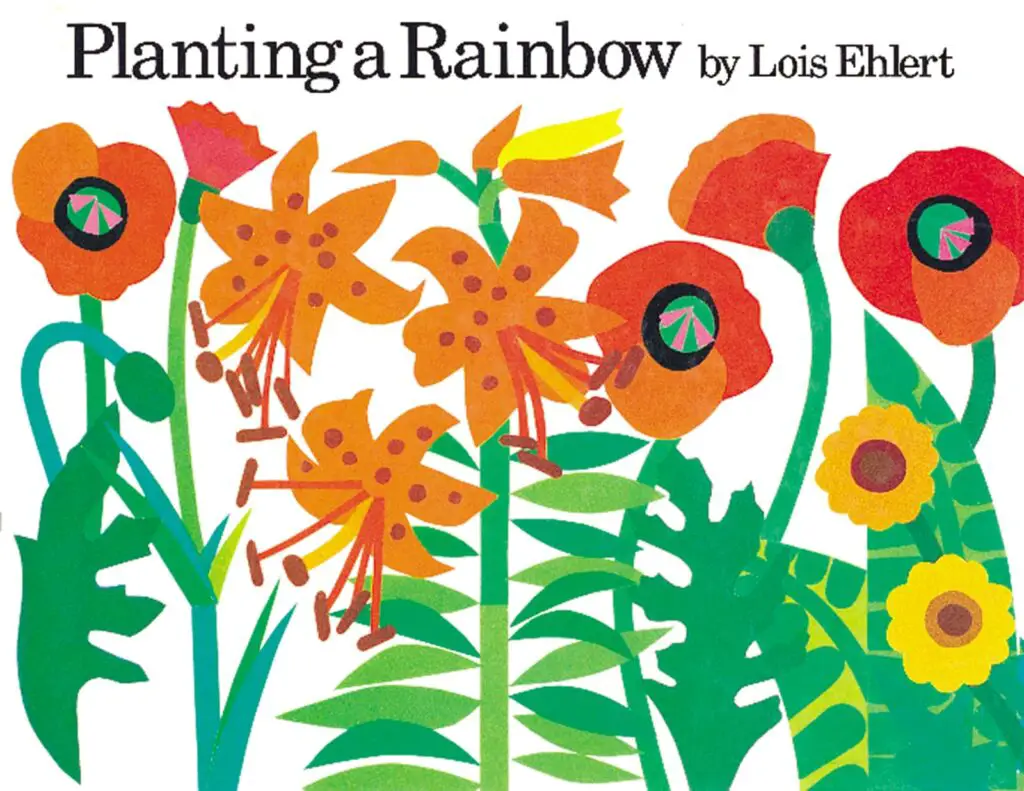
Lois Ehlert’s “Planting a Rainbow” is a book about the colorful flowers that can grow in the garden and the process of planting and watching them grow until they are ready for picking.
The colors of the rainbow are the highlight of this book. Teach children the different flowers belonging to every color category. Discuss their similarities and differences, such as their sizes, shapes of the petals, and other markings.
Discuss one color at a time and if possible, show children the real flower from the book or use pictures.
Use the illustrations in the books to practice counting. Let children count the number of flowers for each species or the total number for the whole page. Let them count the leaves to practice counting bigger numbers.
This book is also a great way to teach attention to detail. Play an “I Spy” game as children look for a particular flower on each page using only a description.
For example, open a page in the book and say to the children, “I spy a flower. It is yellow. It has a red and brown center. Can anyone find it?”
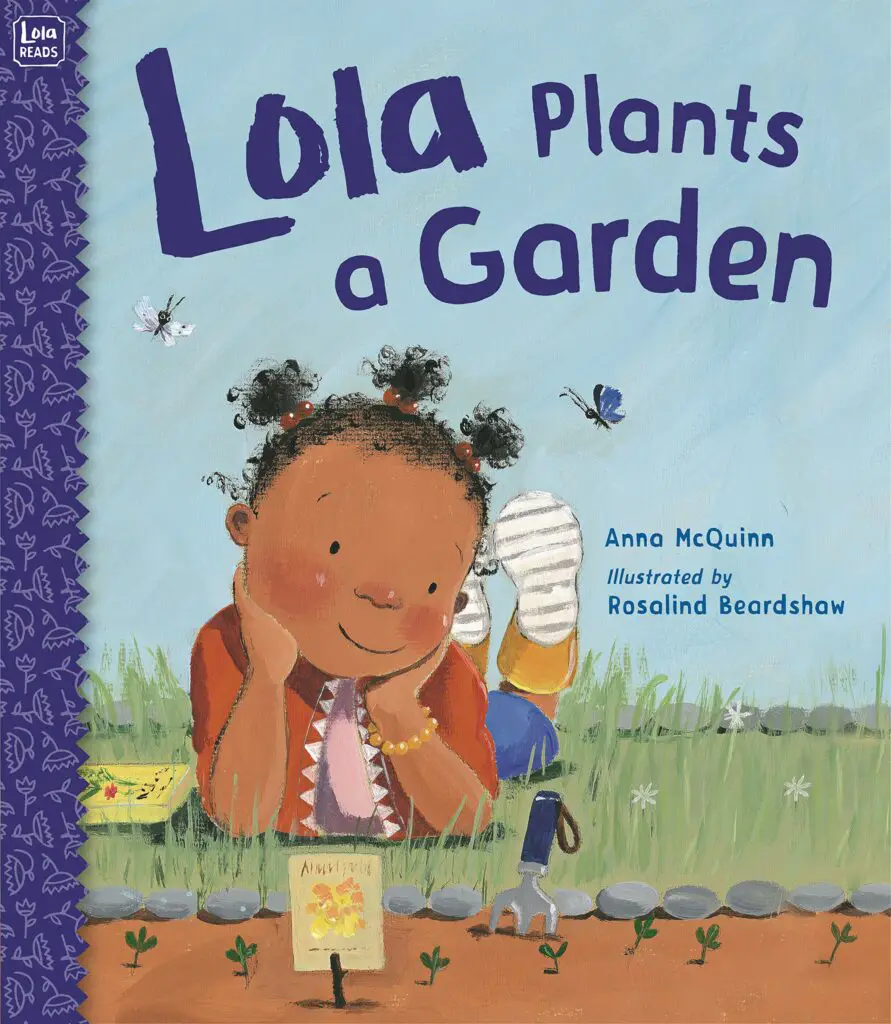
Gardening is not a simple task, as Lola discovered in the book “Lola Plants a Garden” by Anna McQuinn. It takes a lot of effort from researching, planning, planting, labeling, caring, and waiting to make a flower garden enjoyable.
Inspired by her favorite poem, Lola embarks to plant her flower garden. Once it grew, she shared her happiness with her friends.
Since planting and seeing the plants grow may evoke a feeling of fulfillment, use this book to discuss the different emotions in each phase of the story.
Ask children how they would feel if they needed to read and research the types of flowers they could plant in their garden. Or, how would they feel when they must wait a long time for the flowers to grow?
Children will become mindful of their actions and emotions.
In the book, Lola made a list of her favorite flowers and created a list. Do the same activity for the children’s favorite plants to grow or vegetables to plant.
Children can make plant markers after a planting activity. This will help them improve their fine motor skills by showing creativity as they make crafts.
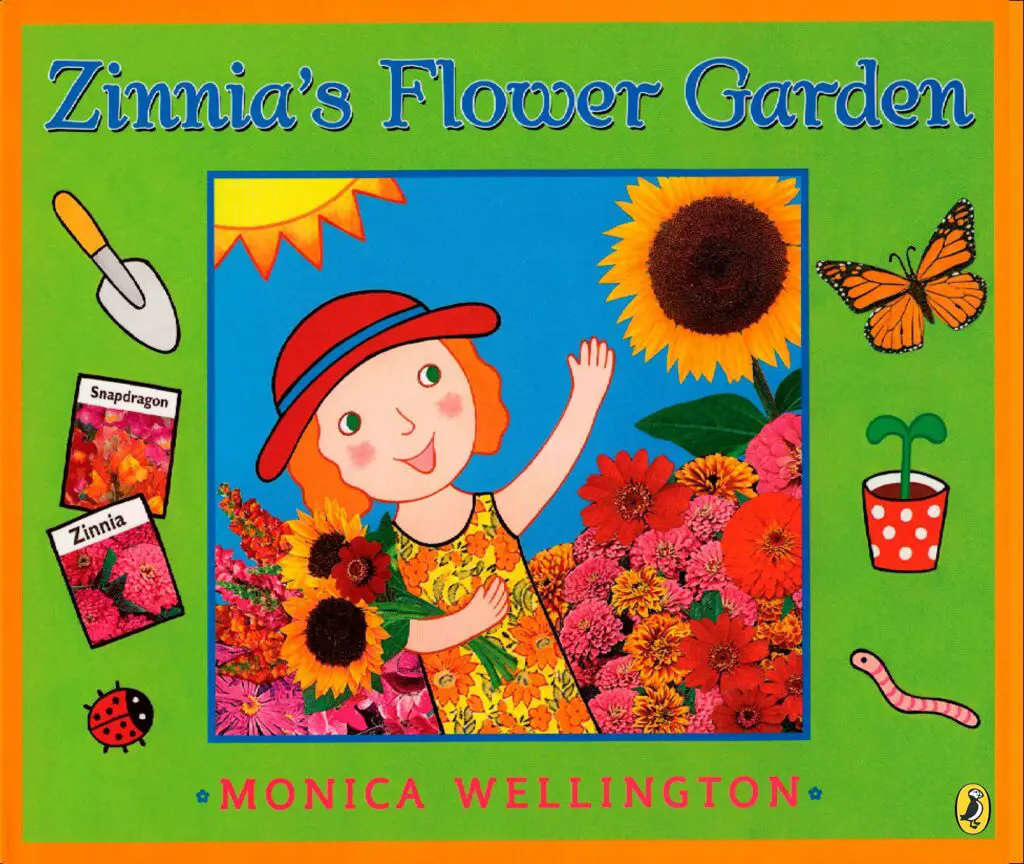
Explore the possibility of making a living with gardening through the book “Zinnia’s Flower Garden” by Monica Wellington.
This wonderful book is filled with fun and rich illustrations that present not just the process of gardening but also promote the idea of earning from it. This book is a treasure trove of lesson ideas on gardening.
Teach children to make their garden journals as Zinnia did. They can draw and label the different tools needed in the garden and the different flowers planted. Some of them are presented in the book as a reference.
Talk about how different weather conditions affect the growth of plants. Let children document how their plants grow, noting the changes and patterns that may happen.
Different bugs may or may not contribute to the plants’ well-being. Discuss helpful and invasive bugs. Talk about how the weeds restrict plant growth.
Introduce the idea that plants, including produce, flowers, and ornamental plants, may provide an income for avid gardeners and farmers.
Let children know that the fruits and vegetables they eat or the flowers that decorate their homes are available because someone took the time to work the soil. This way, children will grow an appreciation for farm workers and gardeners.
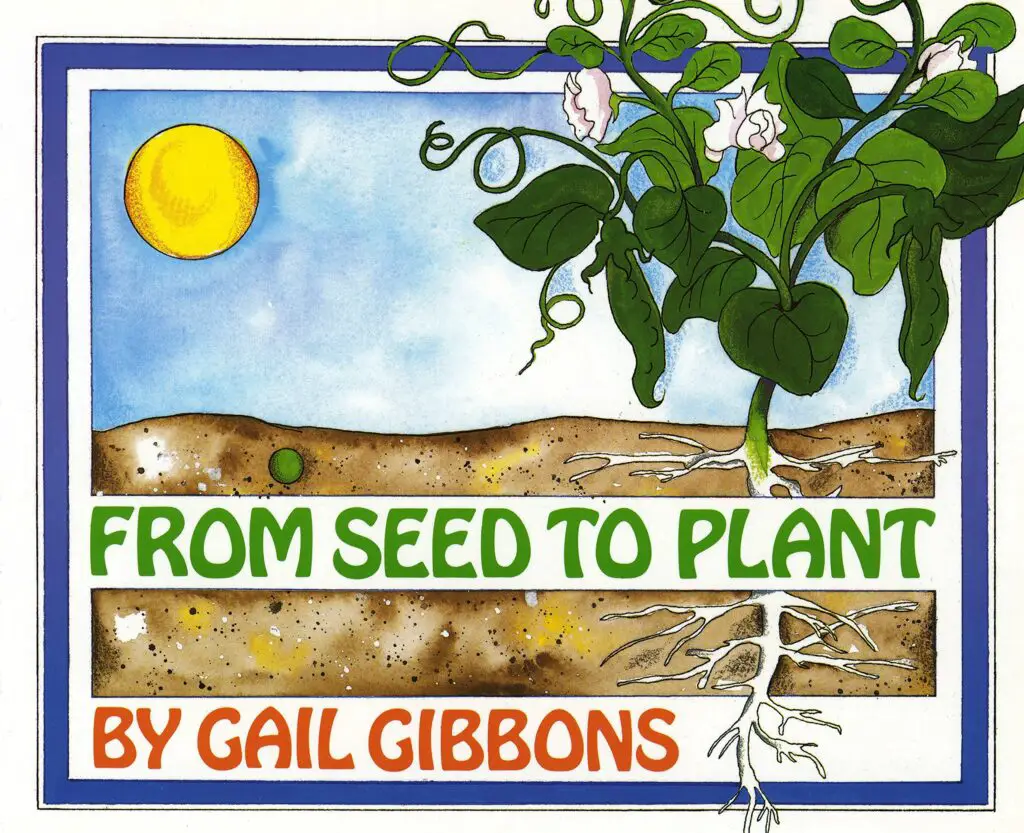
Gail Gibbons comprehensively discussed the scientific facts about the process of growing plants from seeds in her book “From Seed to Plant.“
Some topics discussed include the parts of the flowers, the process of pollination, the pollinators, and germination.
This book is perfect for older children as they learn more about botany’s basics. Let children make their plant charts and label them. This activity will provide awareness about the plant parts.
Use a real flower to talk about its parts, just as it was presented in the book. Use several flowers for children to explore their similarities and differences. Let them note each flower’s unique features, such as size, scent, and color.
Make a planting activity on the sensory table. Provide pots, seeds, dirt, and tools such as hand rake, trowel, and watering can. Include a picture of the process of planting seeds.
Let children play and explore the process of planting with this activity. Later on, discuss their planting experience.
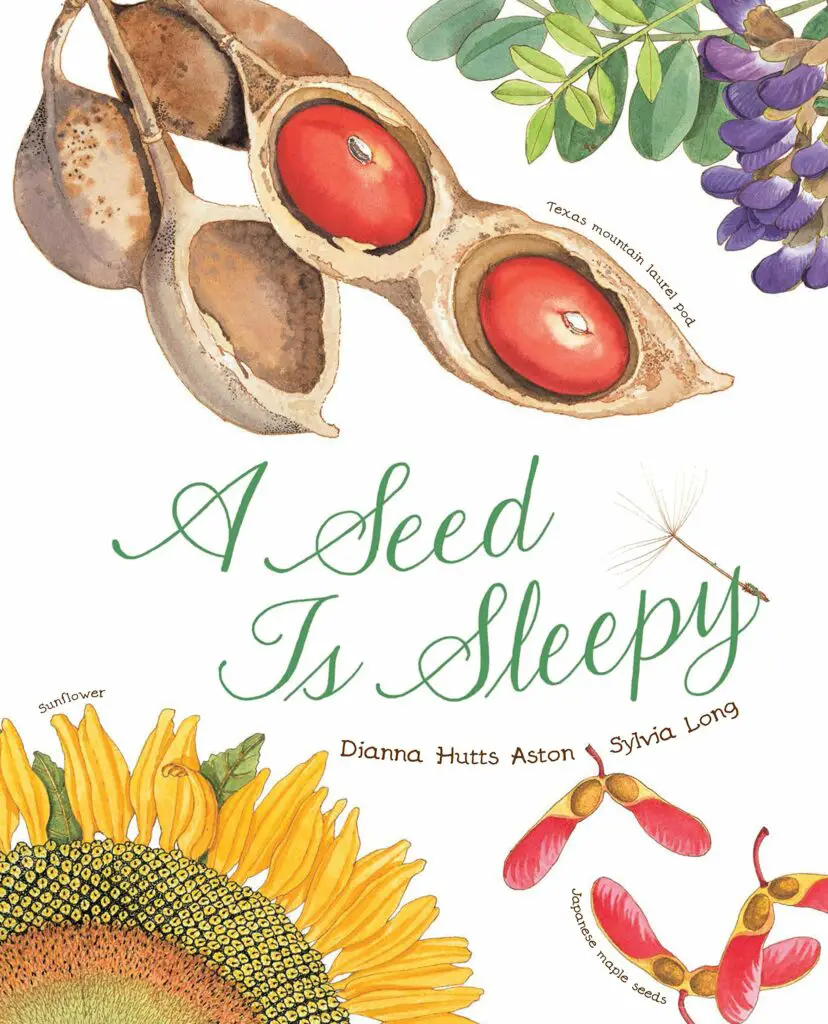
Here’s a great book to explore the different types of seeds and their unique characteristics. “A Seed is Sleepy” by Dianna Hutts Aston and Sylvia Long provides a detailed discussion of seeds and their features through their superb illustrations.
The book uses anthropomorphic descriptions to illustrate the seeds’ features. It is a great book to discuss how seeds are alike or different, how seeds grow into a plant, and how seeds are germinated.
Use this informative book to discuss the topic with children. Show children different types of seeds, noting their size, color, shape, and other features. Have them sort the seeds to improve their fine motor skills.
If possible, show children where these come from by opening different types of fruit. Show how a peach’s seed is bigger than an apple’s or that a pomegranate has more than one.
Use some of the descriptions in the book to point out some facts. Show a pea pod for children to discover that “Some seeds are secretive” as they discover that the seeds are hidden inside a pod that serves as a container.
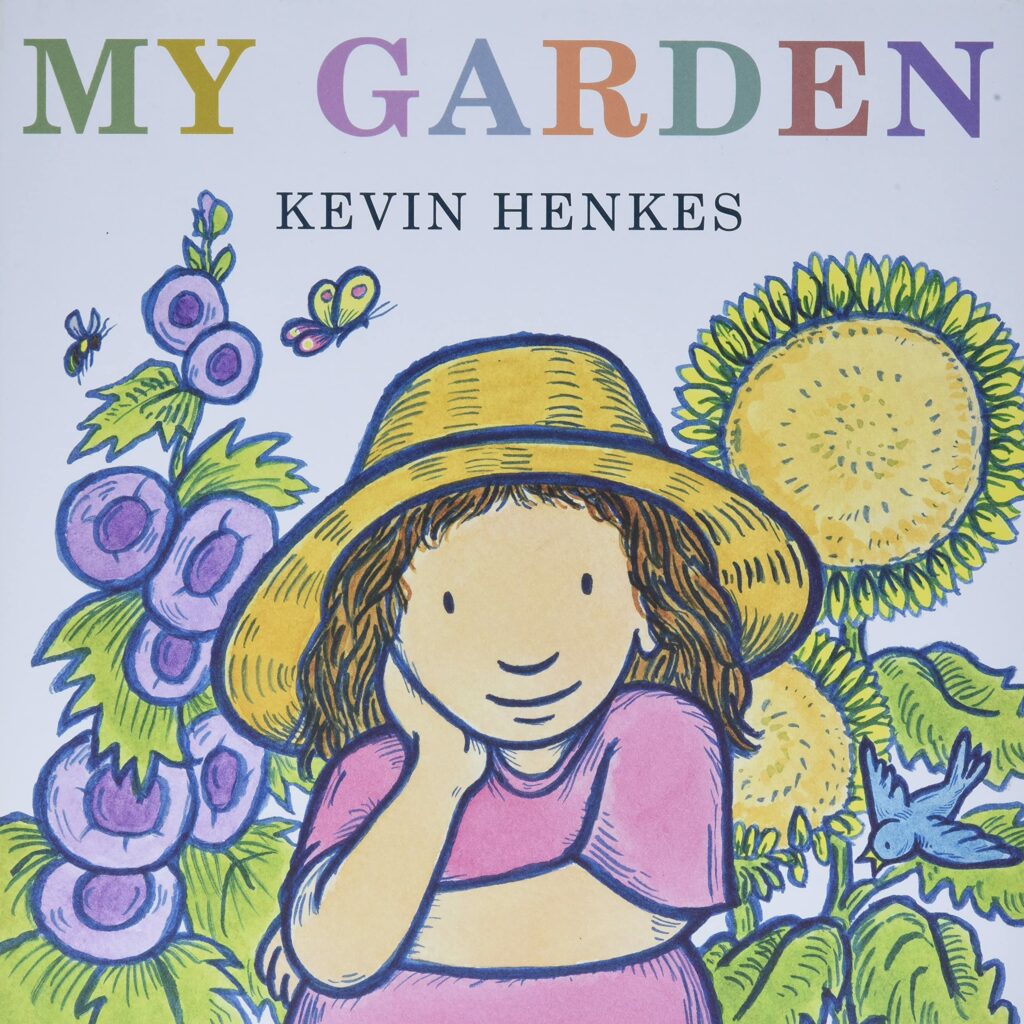
Someone once said that books are tools that stimulate the imagination. This book qualifies as that. “My Garden” by Kevin Henkes teaches children to imagine their ideal garden.
It opens with a girl attending to her mother’s garden by assisting with tasks like watering the plants and weeding. She later talked about her ideal garden, which combines real and make-believe ideas.
This book is excellent to use to discuss the tasks that children can do in the garden. These tasks can be role-played in class.
Next, talk about the different ideas in the book. This book is perfect for discussing the concepts of reality and fantasy. Ask children questions like “Can a shell be planted and grow into a plant?”
Or “Can a garden be filled with birds and butterflies?” As children answer the questions, they will develop critical thinking skills and learn to distinguish between real and make-believe.
Encourage children to also be imaginative by having them talk about their ideal garden. Here, children can have ridiculous ideas, such as buttons and old keys popping up in the garden.
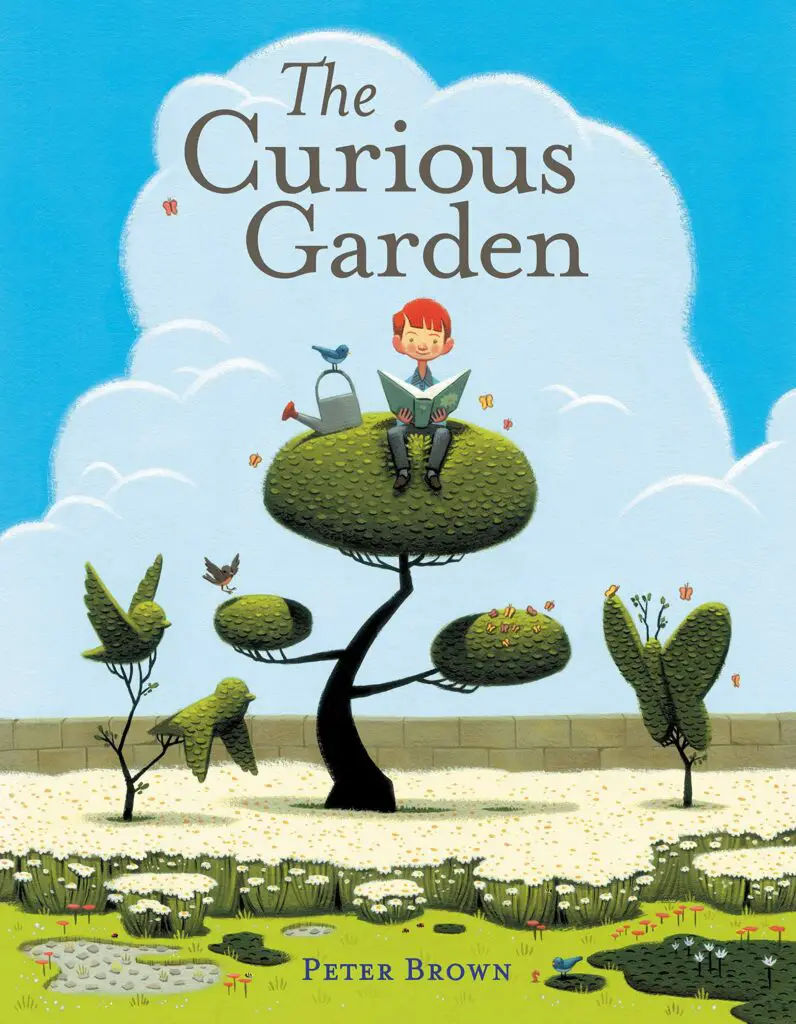
Liam is the unlikely hero in the book “The Curious Garden” by Peter Brown. When he discovered wild plants growing in an abandoned railway, he nourished them by providing care.
His act of goodness became the catalyst that paved the way for others to start planting their gardens. Soon, the heavily industrialized place became a haven for nature lovers.
Have a science lesson based on this book to discuss the different places plants can grow. Provide examples through videos and pictures of real plants.
Discuss different plants and habitats, such as cacti in the desert, seaweeds in the ocean, and aerial plants like orchids that grow on trees.
Talk about how different plants need different conditions to thrive. Some plants survive in rainforests where it is humid, while others require minimal watering. Some thrive in cooler climates while others in warmer places.
Discuss the different plants that are endemic in your area or plants that have unusual characteristics, such as the Venus flytrap that eats insects.
Mention the benefits of having a garden in the city to help children become aware of their possible contribution to making the place they live in greener.
Conclusion
Plants, like animals, are unique. They come in different sizes, shapes, and colors. They are alive and have a life cycle. They grow and thrive in different locations and conditions. They provide so many benefits that children should be aware of.
Consider using these books and suggested activities in your lessons. These books are a great companion to anchor different lessons for your preschoolers.
Check out other activities you might be interested in:


